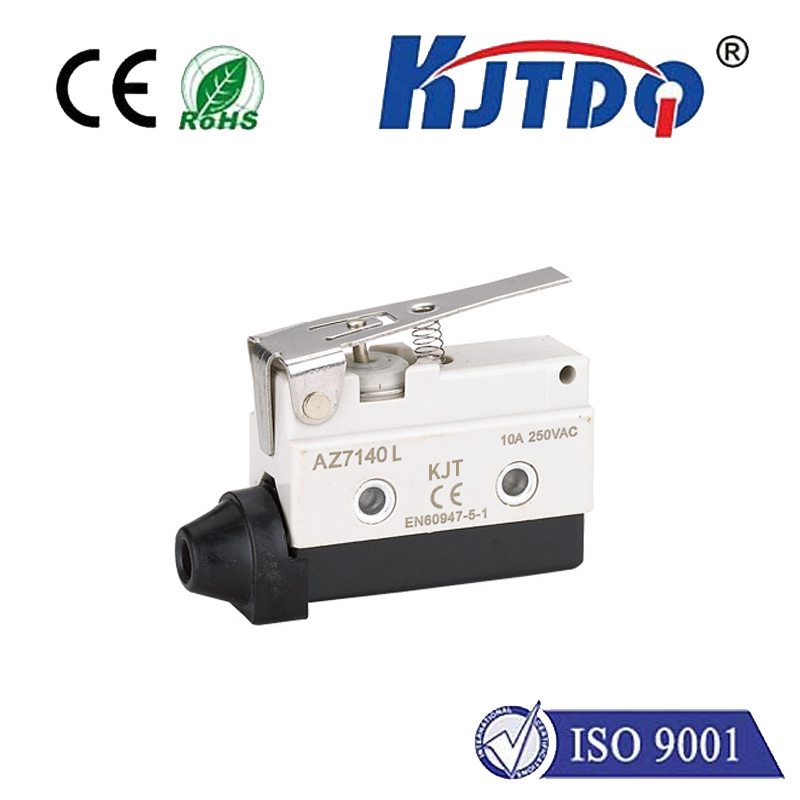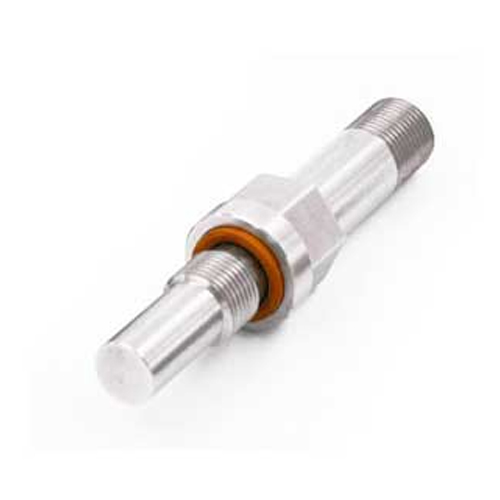aftermarket proximity sensors
- time:2025-07-06 03:00:58
- Нажмите:0
Unlock Enhanced Safety & Efficiency: Your Guide to Aftermarket Proximity Sensors
Struggling with tight parking spots? Nervous about unseen obstacles in a bustling warehouse? Accidental bumps becoming an expensive habit? Modern proximity sensing technology offers an elegant solution, but what if your vehicle or equipment didn’t come equipped? That’s where the versatile world of aftermarket proximity sensors shines. These retrofit marvels breathe new life into existing assets, transforming safety, convenience, and operational efficiency without demanding a complete overhaul. This guide delves into why these add-ons are more than just gadgets – they’re intelligent upgrades for a smarter, safer tomorrow.
Understanding the Core: What Are Aftermarket Proximity Sensors?
Unlike factory-installed systems designed during manufacturing, aftermarket proximity sensors are purchased and installed after the original sale of the vehicle, machine, or piece of equipment. Their primary function remains the same: detecting the presence, absence, or distance of nearby objects without physical contact. They achieve this using technologies like:
- Ultrasonic Sensors: Emitting high-frequency sound waves and measuring their echo return time. Extremely popular for parking sensors on vehicles due to their effectiveness at short ranges and in varied lighting conditions.
- Inductive Sensors: Detecting metallic objects via electromagnetic fields. Ideal for industrial machinery, automated systems, or detecting vehicles in manufacturing flows.
- Capacitive Sensors: Sensing any object that alters an electrostatic field (metal, plastic, liquid, wood). Useful in diverse settings, from level detection to touchless controls.
- Infrared Sensors (IR): Using infrared light beams, often for obstacle detection or basic presence sensing.
The Compelling Advantages of Going Aftermarket

Choosing aftermarket proximity sensors unlocks a host of benefits, making them a compelling upgrade path:
- Significantly Enhanced Safety: Reducing accidents is paramount. Proximity detection sensors act as an electronic safety net. For drivers, they mitigate low-speed parking collisions, curb scrapes, and collisions with unseen pedestrians or objects in blind spots. In industrial settings, they prevent machinery from operating when personnel are too close or alert forklift operators to nearby obstacles, drastically reducing workplace incidents.
- Cost-Effective Upgrade: Retrofitting existing assets with an aftermarket proximity sensor system is almost always far more economical than replacing the entire vehicle or machine. This democratizes access to advanced safety and automation features.
- Improved Operational Efficiency: Minimizing accidental contact means less downtime for repairs and associated costs. Smooth maneuvers enabled by object detection sensors save time in tight spaces, whether parallel parking a car or navigating a forklift in a crowded warehouse aisle. Automation sequences triggered by sensors streamline processes.
- Added Convenience & Driver/Operator Confidence: Audible alerts (beeps) and visual displays (often integrated or add-on) provide real-time feedback, taking the stress out of maneuvering. This builds significant confidence, especially for larger vehicles or complex industrial equipment.
- Increased Asset Protection: Protecting bumpers, paintwork, pallets, racks, and machinery from costly collision damage is a direct financial benefit facilitated by reliable collision avoidance warnings.
- Flexibility & Customization: The aftermarket offers choices. You can select systems tailored to your specific needs – the number of sensors, detection range, alert types (audio/visual/haptic), and compatibility with your existing setup (e.g., integrating with an aftermarket head unit via CANBUS interfaces in vehicles).
Key Applications: Where Aftermarket Proximity Sensors Shine
The applications are diverse and impactful:
- Automotive: The most common use is parking sensors for cars, trucks, and RVs. They are also used for blind spot monitoring systems and simple rear or front collision warning setups.
- Промышленное оборудование: Protecting machines, operators, and products. Used for presence detection on assembly lines, position sensing on actuators, end-of-travel detection, and safeguarding hazardous zones.
- Перевозка материалов: Essential on forklifts, AGVs (Automated Guided Vehicles), and pallet jacks for obstacle avoidance in dynamic warehouse environments.
- Access Control & Automation: Detecting vehicles at gates or doors, triggering opening sequences, or sensing personnel for security lighting.
- Marine: Assisting with docking maneuvers for boats and yachts.
Choosing the Right Aftermarket Proximity Sensor System
With numerous options available, selecting wisely is crucial:
- Define Your Need: What specific problem are you solving? (Parking, blind spots, machinery safety?) What distances need detection? What types of objects? (Vehicles, people, metal, pallets?)
- Compatibility: Ensure the sensor system is compatible with your vehicle’s electrical system (voltage, wiring harnesses) or your industrial equipment’s control logic. Check for available mounting locations.
- Technology: Choose the sensor type best suited to your environment and target objects (Ultrasonic for versatile short-range, Inductive for metals, etc.).
- Detection Range & Coverage: How far out do you need detection? How wide an area needs monitoring? This determines the number and placement of sensors. Look for systems with adjustable sensitivity.
- Alert System: Audible alerts (beeping) are standard. Visual alerts (dashboard display, LED strips) are highly beneficial. Ensure the alerts are clear and intuitive.
- Durability & Protection Rating: Sensors, especially for vehicles or harsh industrial environments, need appropriate Ingress Protection (IP) ratings against dust and water (e.g., IP67, IP69K).
- Ease of Installation: Consider DIY kits versus professional installation. Read reviews regarding harness quality and clarity of instructions. Some vehicle systems require programming via OBD-II ports.
- Brand Reputation & Warranty: Opt for reputable manufacturers offering solid warranties and support.
Installation Considerations: DIY or Pro?
Installing aftermarket proximity sensors varies significantly in complexity:
- Vehicle Parking Sensors: Often involve removing bumpers to drill holes and mount sensors, routing wiring harnesses through the vehicle body to the cabin, connecting to a control unit, power (often reverse light circuit for rear sensors), and the alert display. CANBUS-compatible systems may require coding. DIY is feasible for the mechanically inclined, but professional installation ensures proper calibration, waterproofing, and integration.
- Industrial Sensors: Typically require mounting the sensor securely, running shielded cables to a power supply and controller (like a PLC), and configuring the output signal (PNP/NPN, analog, etc.). Electrical expertise is usually necessary.
- Blind Spot Monitoring (BSM): This is generally more complex, requiring sensors mounted in the rear corners of the vehicle facing sideways, often involving significant disassembly and precise calibration. Professional installation is highly recommended.
Beyond the Beep: The Smart Upgrade Advantage
Investing in high-quality aftermarket proximity sensors is an investment in peace of mind, safety, and operational excellence. They represent a practical bridge to modern object detection technology, offering tangible benefits without the premium price tag of factory options or new equipment. From preventing minor dings to avoiding major accidents, the enhanced situational awareness they provide is invaluable. As technology advances, features like tighter integration, customizable alert zones, and perhaps even rudimentary automated responses (like braking interventions in very advanced systems) are becoming more accessible. Carefully evaluate your specific needs, choose the right system, and embrace the transformative power of intelligent proximity detection – a clear upgrade worth sensing.


